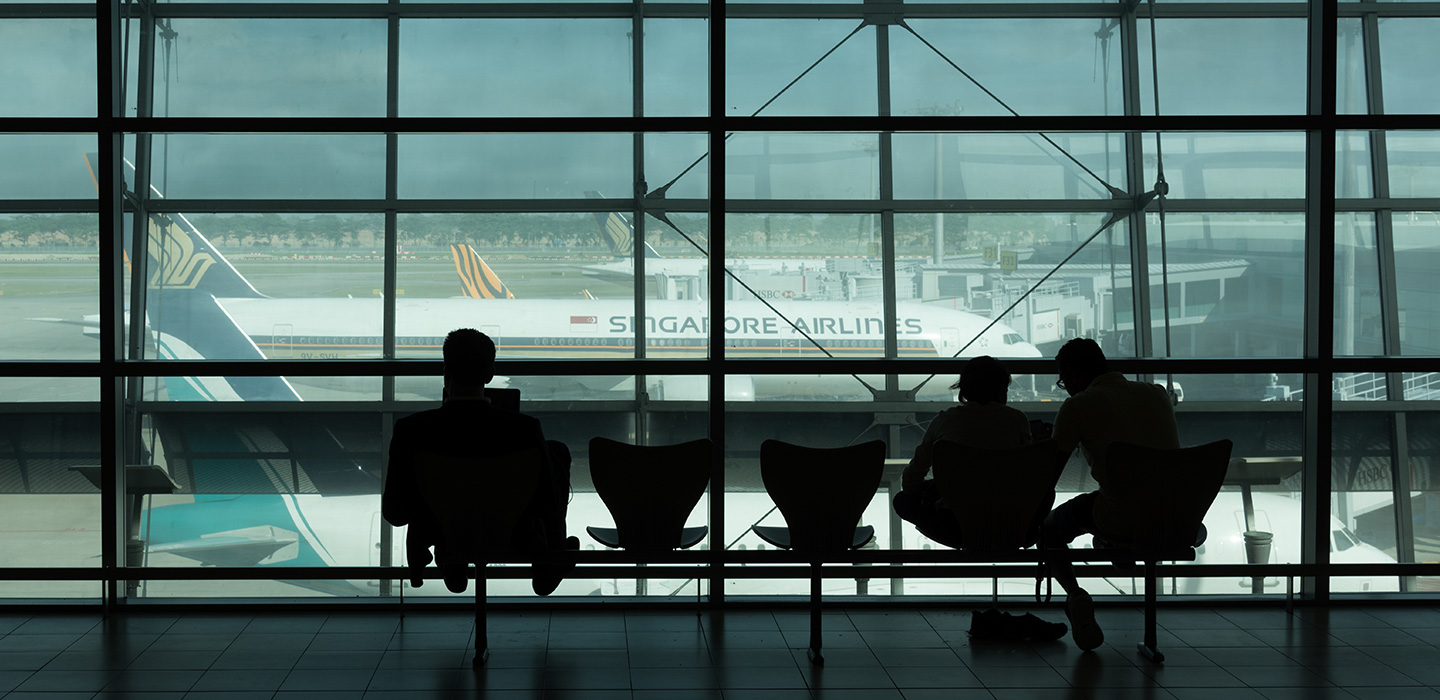As vaccinations are underway globally, the global airline industry is also getting jabs of confidence.
Still, some parts are taking off faster than others and countries with a viable domestic market are faring better while business travel has taken a backseat.
This was a point made by Tony Fernandes, the CEO of AirAsia Group in a recent interview with TODAY. He talked about how AirAsia is better positioned to recover once travel opens as a low-cost carrier than a full-service airline that relies on heavily on business travel.
This is given that business travel may or may not recover to pre-COVID-19 levels.
Travel trends noted by numerous other organisations have pointed to the same conclusion.
Budget is the way to go
The International Airline Transport Association (IATA) predicts that budget airlines will lead the recovery, although that will take until mid-2023 for the global airline industry to return to pre-pandemic levels.
In a similar vein, HSBC recently upgraded its rating of European low-cost carriers.
With closed or partially closed international borders in the near future, industry experts say that low-cost carriers serving local or regional markets may have an advantage over long-haul carriers.
Bain found that Asian domestic travel is starting to come back, largely driven by China. For example, during the extended May Day holiday, Chinese tourists made over 200 million trips. Both Asia to US and Asia to Europe flights are projected to be about 86 per cent of 2019 volume by 2023.
This does not bode well for full-service carriers that operate a high percentage of long-haul flights.
While budget carriers appear to have an advantage, they should still manage their finances well. The competitive edge of serving domestic and regional markets may not be sustainable in the long term because the long-haul markets are expected to recover by mid-2023.
Border regulations can also change at short notice, making it necessary for airlines to find new revenue sources. For example, AirAsia has announced plans to look into grocery delivery.
What does it mean for airlines?
Travellers are also more likely to travel for leisure rather than business purposes in the near future.
McKinsey predicts that leisure travel is projected to recover by 2024, with faster recovery in countries with a stronger domestic tourism. On the other hand, it predicts that 20 per cent of business travel may not return.
Boston Consulting Group (BCG) forecasts that business travel will be down by 15 per cent, as compared to 2019, but points out that other forecasters are even more pessimistic.
According to BCG, how business travel recovers will vary by the type of interaction. For example, internal meetings might be done through virtual conferencing platforms Zoom or Microsoft Teams, while customer-facing meetings might entail travel.
Corporate travel managers would scrutinise their travel budgets and wonder why travel, particularly international travel which is more expensive, is necessary for internal meetings since Zoom or Microsoft Teams seemed to work perfectly well during the pandemic. A reduction in business travel has serious implications for airlines such as SIA which have had a very profitable business travel market. For example, should they reconfigure their planes? Or, should they change their method of selling seats?
Given that consumer travel will take several years to recover, many airlines have increased their reliance on cargo travel. For example, strong cargo demand helped SIA to reduce its first-quarter 2021 losses.
It increased the frequency of passenger aircraft operating cargo-only flights and also maximised the use of their freighter aircraft so they could carry more cargo.
In addition, many airlines have reduced their capacity and as a result, have been able to reduce fuel and labour costs. Similarly, many airlines, such as SIA, Delta and United Airlines have reduced the service level provided in part because of COVID-19 restrictions, but also in an attempt to reduce costs. This has become even more important because of the increased cost of cleaning and hygiene procedures associated with the pandemic.
As you might expect, travel recovery will take a while. Singapore Airlines’ load factor, which is a measure of the passenger-carrying capacity of an airline, was 14.9 per cent in May 2021, but an improvement compared to 9.4 per cent in May 2020.
Meanwhile, Cathay Pacific carried about 24,000 passengers in May 2021, which was 99.2 per cent lower compared to May 2019, but an increase of 30 per cent compared to May 2020.
Many borders remain closed and are unlikely to completely open again for a while. While domestic and intra-regional travel is expected to recover more quickly, particularly in areas with strong domestic tourism, it will still be some time before intra-regional travel returns to pre-COVID levels.
What does this mean for travellers?
Besides flying preferences, one more notable change in the way people travel is where they stay. Vacation rentals have seen robust growth during the pandemic as consumers seek to have more control over their surroundings and health.
Vacation rentals are typically larger, can accommodate multiple people and are often more reasonably priced than hotel rooms. This, combined with the privacy and control that vacation rentals offer, makes them particularly attractive to consumers. Larger properties (4-bedroom villas and private houses) have had the strongest performance.
According to research done by AirDNA in 2021, short-term rentals are weathering the COVID-19 impact much better than hotels. Although it’s still too soon to consider any upward trend a rebound, it is worth noting that the alternative accommodations are showing more resilience.
Activities will change too. In a new normal, people will look for simpler activities in smaller groups. Buffets have largely disappeared or transformed into “a-la-carte” buffets during the pandemic, but are starting to make a comeback in the US and have been very well-received by consumers.
In the near term, tour operators and other agencies that facilitate mass tours will most probably need to re-position themselves and offer activities for smaller groups. Once global travel recovers, the opportunities for larger tours will as well. That being said, developing smaller and more specialised tours may provide an additional market segment and revenue stream for tour operators.
For now, pent-up travel demand is significant and low-cost carriers are well-positioned to lead the travel recovery, since their focus tends to be more on domestic leisure and short-haul traffic.
Business and longer-haul international travel may not recover for a few years. As the worldwide vaccination drive continues, travel will return, perhaps at an even more robust level than pre-COVID. It’s all a matter of when this will happen.
The article is an abridged version of the one first published in The Straits Times.




